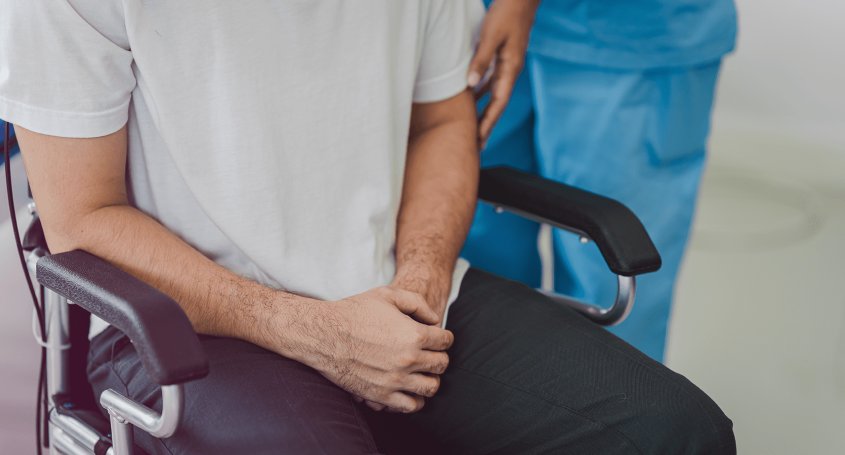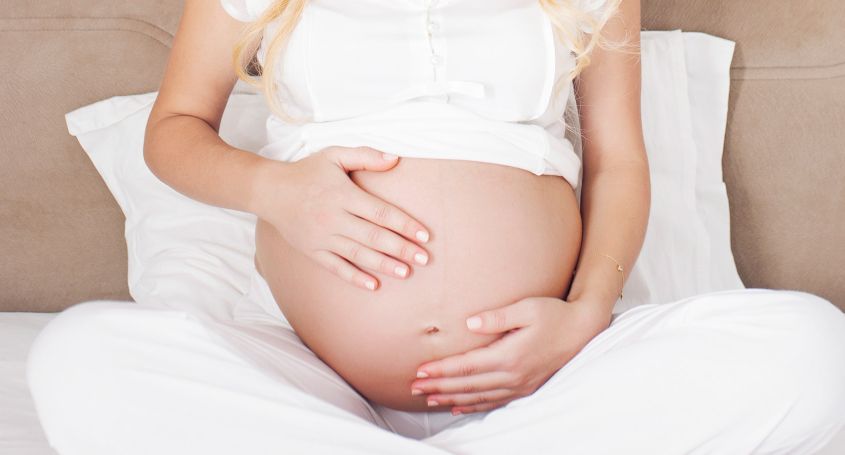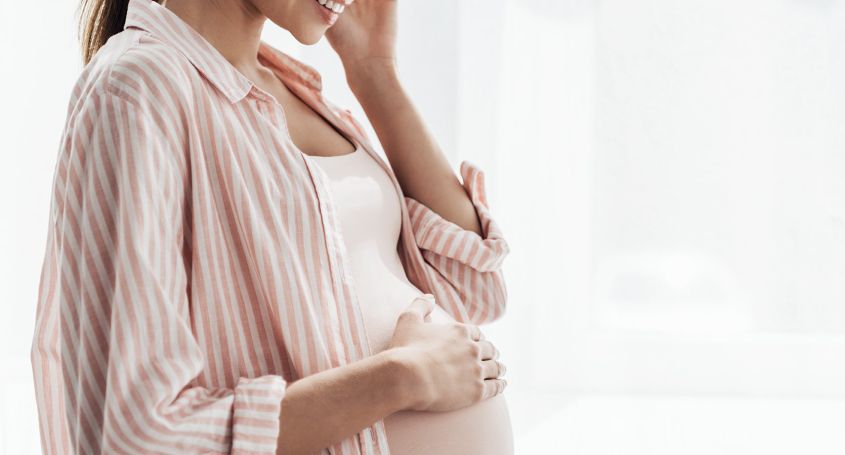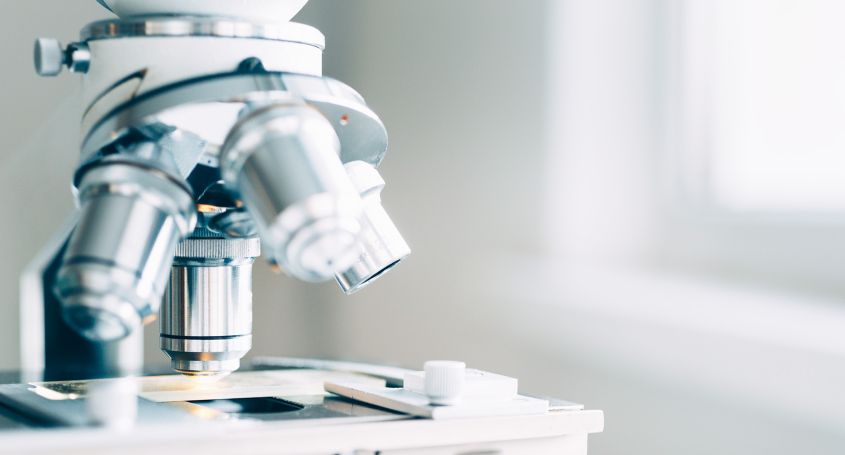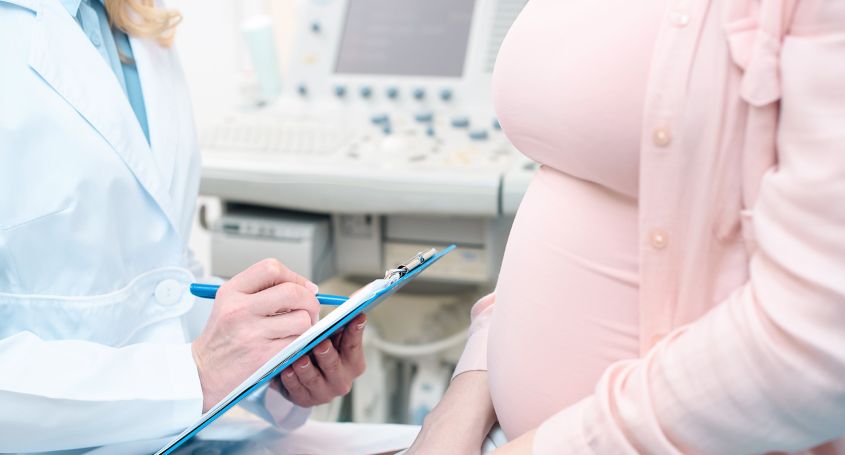Ovarian puncture is a surgical intervention whose objective is to obtain eggs from inside the follicles of the ovary. It is performed when it is necessary to remove eggs from the ovary to undergo in vitro fertilization, egg vitrification or for donation. It is a simple and short-term process that is performed under sedation but often causes uncertainty. For this reason, we review in this post what it is and how to prepare for ovarian puncture.
What does ovarian puncture consist of?
In order to fertilize the eggs in the laboratory, they must be obtained before they leave the ovary spontaneously and that is why a follicular puncture is performed moments before natural ovulation. To do this, the patient receives an ovarian stimulation hormonal treatment that favors the maturation and ovulation of as many eggs as possible. During this treatment, follicular growth is monitored by ultrasound and the concentration of the hormone estradiol in the blood. When successive ultrasounds show that one or more follicles have reached an appropriate size, the treatment is suspended and ovulation is caused by HCG, and the puncture is necessary to perform 36 hours later.
For the puncture, the patient is admitted to the center on the same day and one of the essential requirements for the intervention to proceed normally is absolute fasting. You should not drink or eat for 6 hours before the puncture.
The patient enters the operating room on her own foot and is administered sedation to avoid pain and make the extraction more comfortable for the gynecologist. Once asleep, the gynecologist starts ultrasound-guided follicular aspiration. To do this, he inserts the ultrasound machine that incorporates the aspiration needle and punctures the ovarian follicles and aspirates the liquid contents. This liquid, in which the eggs float, is transferred to test tubes that are taken to the laboratory immediately and under the microscope the eggs are located and cleaned, removing the granulosa cells by mechanical methods. The intervention lasts approximately 20 minutes and once the patient is finished, she can go home after about 2 hours.
Recovery and recommendations after ovarian puncture
Care and recovery time are minimal once the ovarian puncture is finished. After the intervention, the patient remains at rest for a couple of hours recovering from the effects of the anesthesia. After this time and after checking that everything is fine, the patient can return home. In any case, it is advisable to go to the clinic accompanied, since, due to sedation, the patient may feel disoriented after the intervention.
Although it is not mandatory, it is best to rest the rest of the day and avoid overexertion for the next 24 hours as a prevention, in addition to monitoring any abnormal situation. Many women feel small discomfort in the abdominal area or small vaginal bleeding due to the intervention. The pain is usually noticeable on the same day of the puncture and perhaps also the next day, but it will decrease until it disappears as the days go by since the puncture.








